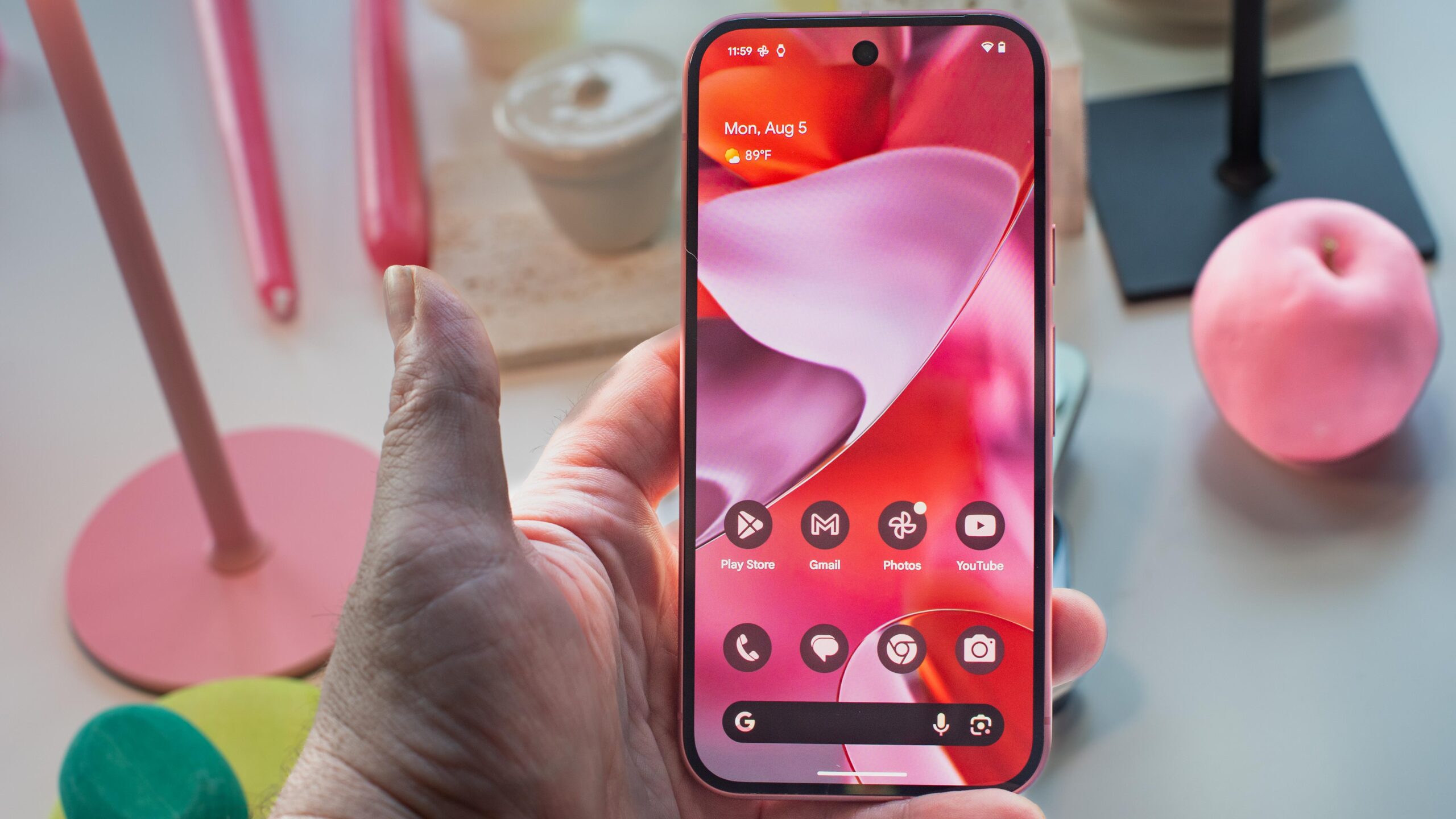Millions of Pixel phones could be vulnerable to a new cyberattack – here’s what you need to know
In this digital age, smartphone vulnerabilities have become a significant concern for users worldwide. Recently, a new cyberattack has emerged, targeting Google Pixel phones and potentially putting millions of users at risk. If you own a Pixel device, it is crucial to familiarize yourself with the details of this attack and take necessary precautions to protect your personal data.
The Vulnerability:
The security flaw affecting Pixel phones is caused by a vulnerability present in the Google Camera app. This flaw allows attackers to remotely access the device’s camera and microphone, resulting in potential breaches of privacy. Interestingly, this vulnerability is not only restricted to Pixel devices but also affects other Android smartphones, as Google’s camera app is widely used across different manufacturers.
How Does the Attack Work?
The cyberattack exploits a technique called “steganography,” a method used to conceal data within an image or video file. In this case, hackers embed malicious code within an innocuous-looking image, which, when viewed or downloaded, grants them unauthorized control over the camera and microphone. Once compromised, attackers can remotely record audio or video, take pictures, and even send the obtained content to their servers, all without the user’s knowledge or consent.
The Impact on User Privacy:
With this vulnerability, user privacy becomes a top concern. Not only can hackers discreetly access the camera and microphone, but they can also monitor conversations, record private moments, or potentially use the obtained data for blackmail or other malicious purposes. The ability to exploit this attack effectively means users become unwitting participants in their own surveillance, which is a nightmare scenario for any individual concerned about their privacy.
Protective Measures:
While it is unsettling to learn that your smartphone may be vulnerable, there are steps you can take to protect yourself:
1. Update your device: Ensure that your phone’s software and apps are regularly updated. Google has released a patch to address this security flaw, so make sure to update your Google Camera app to the latest version or install the latest Android security patch available for your device.
2. Be cautious with downloads: Avoid downloading or opening suspicious files from untrusted sources, especially image files sent via text messages or other chat platforms. Attackers often disguise malicious content as harmless images, exploiting users’ trust.
3. Install a reputable security app: Consider installing a trusted security application that specializes in identifying and blocking potential threats. These apps can scan incoming files for any signs of malicious content and warn you before it is too late.
4. Cover your camera when not in use: An added layer of protection is to physically cover your device’s camera with a sticker or a dedicated camera cover. This prevents any unauthorized access to the camera, ensuring your privacy even if there is a security breach.
5. Stay vigilant: Develop a habit of reviewing the permissions granted to apps installed on your device regularly. Be cautious about granting unnecessary permissions that may compromise your privacy.
Conclusion:
As cyber threats continue to evolve, it’s crucial for smartphone users to stay informed and take proactive steps to safeguard their personal data. The vulnerability affecting millions of Pixel phones serves as a reminder of the importance of regularly updating devices, being cautious with downloads, and taking necessary precautions to protect sensitive information. By being vigilant and proactive, you can minimize the risk of falling victim to cyberattacks and maintain your privacy in the digital realm.

